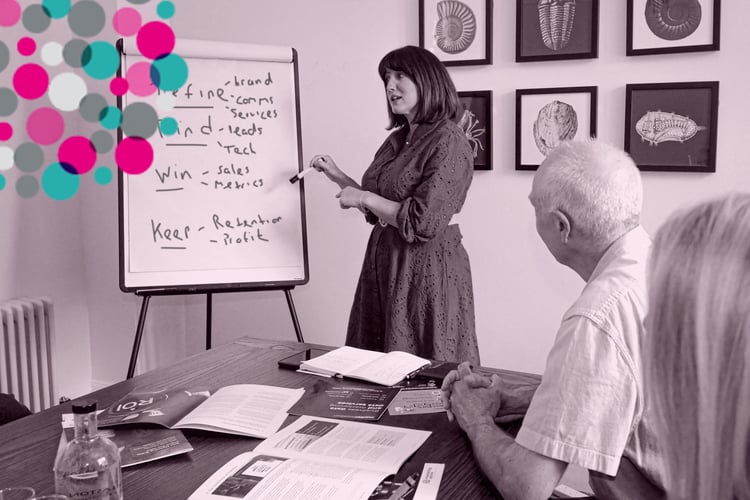A common misconception among business leaders is that great marketing costs the Earth. Or that the more money you’re willing to spend, the better your marketing will get.
Neither of these are true.
In reality, businesses that invest carefully and strategically get more for their money. While businesses that overspend usually end up with a worse ROI.
The key is to make sure that your budget is aligned with your objectives and marketing plan. If you’ve set wildly ambitious goals, you’ll need a budget to match. The same goes for more realistic goals.
This post will share tried-and-tested marketing strategies that will help you maximise the impact and ROI of your marketing budget - whatever you’re planning on spending.
Understand your customer
Who is your customer? What do they want and how do you help them? Where can you reach them, when should you reach out and what should you say?
Knowing the answers to these questions will increase the ROI of every penny you spend on marketing. If you don’t, most of your budget will be wasted putting the wrong messaging in front of the wrong people.
So how do we get to know our customers better? For most small to mid-size businesses, the best approach is small-scale customer research. This might sound daunting, but it really isn’t.
Choose five of your top customers and ask if they could spare 30 minutes to help you with some customer research. Here are a few example questions you could ask:
- What’s your role and key responsibilities?
- How does our product or service help you achieve your goals?
- Are there any pain points or challenges you were struggling with before you found us?
- How do we make your working life easier or better?
- Why do you choose to work with us over competitors?
- Did you have any questions or objections before purchasing?
- If you had to recommend us to a peer, what would you say?
- What’s the number one reason you continue to buy from us?
We recently undertook this process for our business and the insights it generated helped us to sharpen our messaging, rebuild our website and launch a new marketing campaign.
Customer research doesn’t need to be a long-winded, expensive process. It can be done in-house in a matter of weeks and still have a huge impact.
Looking for more information? Check out our deep dive on how to write a great customer persona for your business.
Prioritise high-impact activities
Prioritisation is absolutely critical to effective marketing, especially when budgets are tight.
Here are two tried-and-tested ways to prioritise marketing activities. The first is to align them with your wider business objectives. The second is to use an impact-effort matrix.
Aligning with business objectives
As we’ve written about before, one of the most surefire ways to waste your marketing budget is to rush into doing things without asking why.
Marketing activities should be clearly aligned with your business goals. The simplest way to do this is using a marketing strategy waterfall. Here’s how it works:
- Map out SMART goals for your business (these should be defined in your business strategy)
- Define the marketing strategies needed to achieve your goals
- Break down the tactics needed to make your strategy a reality
You can see an example of this below.
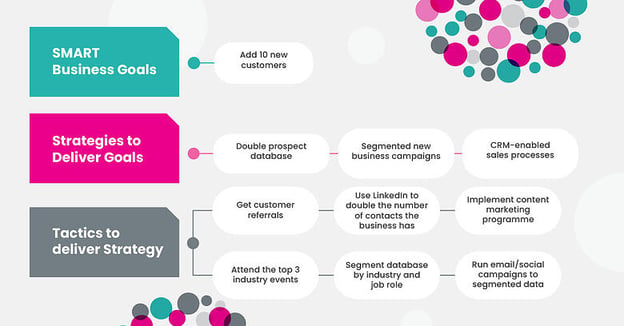
Strategy waterfalls are a great way to ensure that every marketing activity is clearly aligned with a relevant business objective. Get a deep dive on how to use marketing strategy waterfalls for your business.
Impact-effort matrix
The second way to prioritise activities is to compare the impact with the effort (or budget) required. This is a much simpler exercise than the last one. Start with a four-quadrant matrix like the image below.
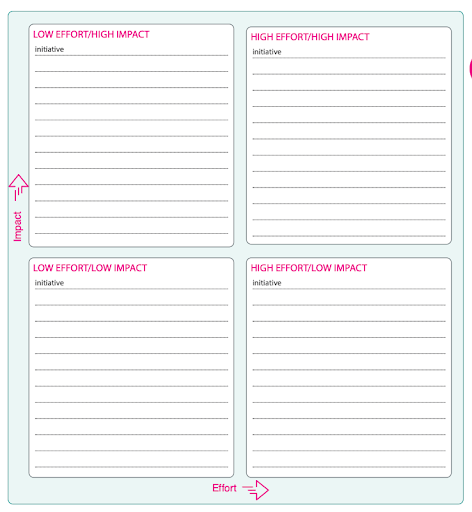
Take all of the options and place them in the relevant quadrant. Options in the top right that can deliver a large impact for little effort should be prioritised. Actions in the bottom left that require a lot of work for little reward should be benched.
Get more information on this and other exercises that will help you choose high-impact activities during times of uncertainty. Get another useful framework for prioritising marketing activities.
Find and fix the key issues that are holding you back
We’ve shared two ways to identify high-impact activities that will maximise the impact of your investment. But it’s also important to understand where your strengths and weaknesses are, so you can fix key issues that are holding you back.
When we’re working with business leaders, we often break marketing down into four key areas:
- Define - know what your potential customers look like and what your product or service can do for them
- Find - Identify ways to target them based on their behaviours and habits
- Win - Devise strategies to close sales and create customers
- Keep - Monitor customer churn (loss) and create retention activities to remedy it
Within each of these pillars are separate marketing activities. You can see these broken out below.
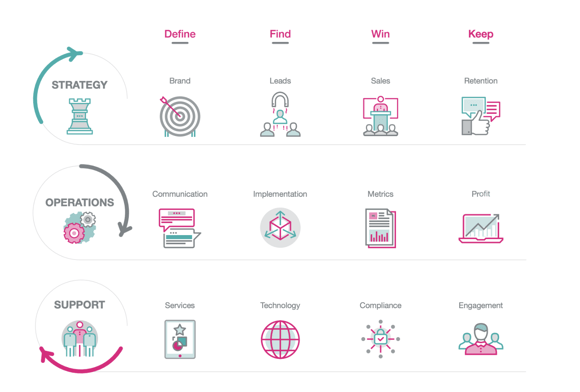
As you can see, marketing covers a broad range of activities, from designing a memorable logo to choosing the right CRM. And you need to do all of these things well if you want results.
If you want to identify areas you should focus on, check out our Marketing 360 Assessment. It takes about 10 minutes to complete. You’ll get a personalised report breaking down what’s going well and where you should focus. Being able to see individual scores across every area of your marketing makes it much easier to see where you should focus your efforts.
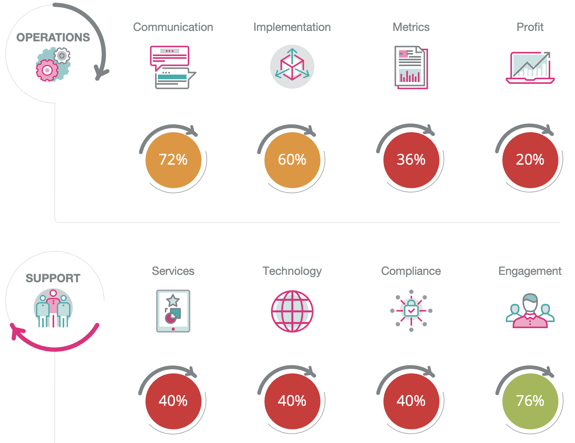
Use free or low-cost marketing tools and resources
A lot of marketing tasks are nowhere as expensive and time-consuming as they used to be.
Design jobs that used to need hours of expensive design time can be done in minutes using Canva. Simple video edits can be completed using Veed. Training that used to cost hundreds can be found on YouTube (in our experience, the best ‘free’ content is often better than second-rate training hidden behind paywalls).
It’s still early days for AI tools like ChatGPT, but our early experiments have found that it can dramatically reduce the time it takes to do research and create briefs for written content. In the fullness of time, it will probably be able to do much more besides.
Business leaders - especially those with small teams or limited marketing budgets - should encourage their teams to explore these ‘next generation’ tools that can save time and money.
Looking to get more from your limited marketing budget?
Ultimately, doing great marketing on a tight budget isn’t about choosing specific channels or tactics. It’s about making smart decisions, focusing on the work that really matters and finding smart ways to improve productivity without sacrificing on quality. This is an area where experience can really help.
Our Part-Time Marketing Directors have helped more than 1,400 small-to-midsize businesses to maximise their return on marketing investment. And they could help yours too.




